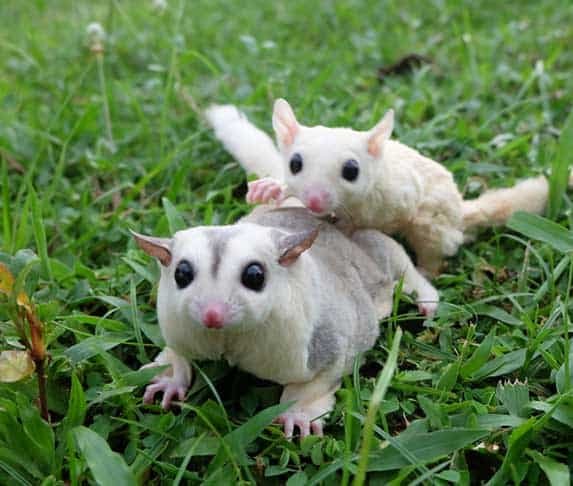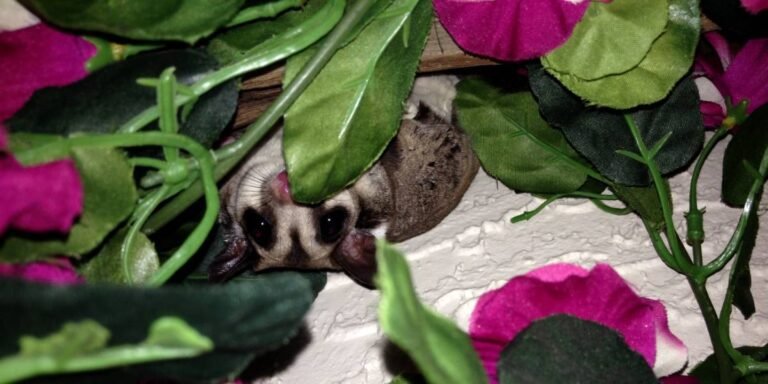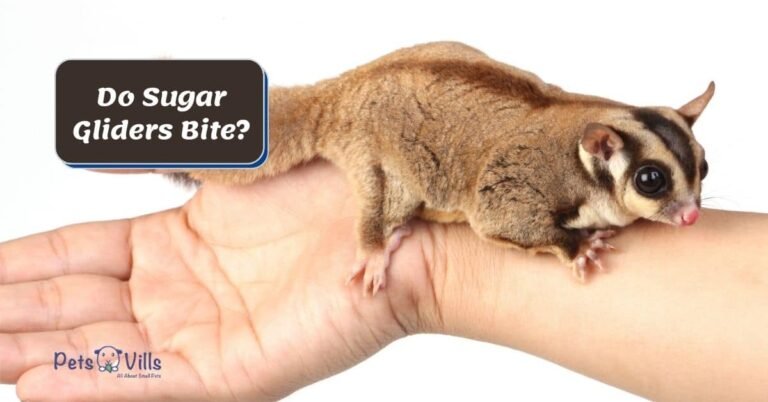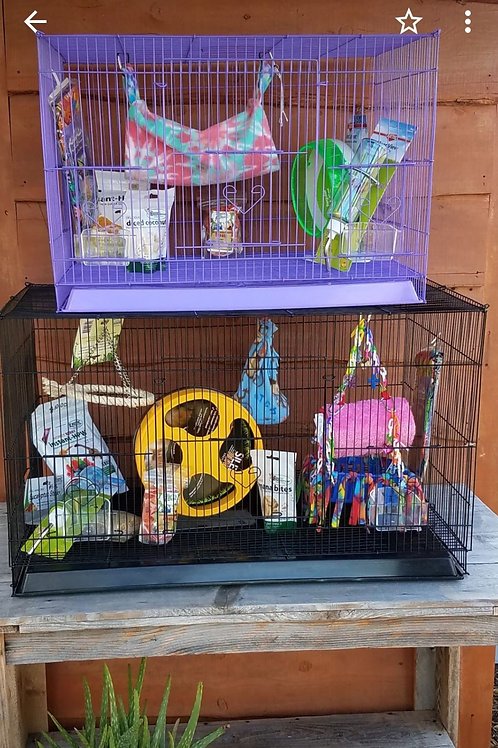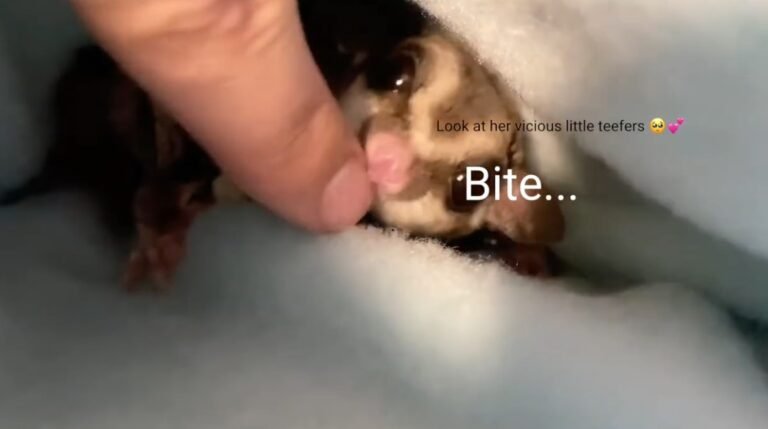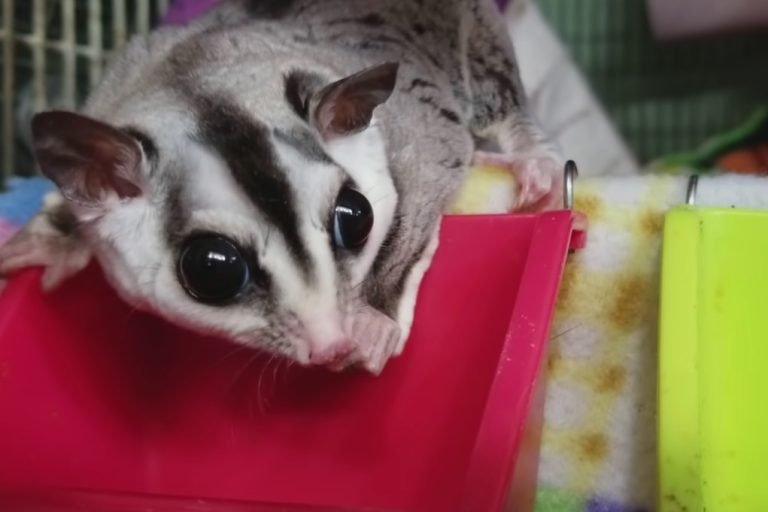How Long Can A Sugar Glider Live
How long can a sugar glider live? This is a question that many people ask when considering getting a sugar glider as a pet. Sugar gliders are small, nocturnal marsupials that are native to Australia, New Guinea, and Indonesia. They are known for their ability to glide through the air, thanks to a flap of skin called a patagium that stretches between their wrists and ankles. Sugar gliders make adorable and playful pets, but it’s important to understand their lifespan before making a long-term commitment.
The average lifespan of a sugar glider in captivity is around 10-12 years. However, with proper care and attention, some sugar gliders have been known to live up to 15-20 years. It’s important to note that the lifespan can vary depending on various factors, including genetics, diet, environment, and overall health. Let’s take a closer look at these factors to understand how they can affect the lifespan of a sugar glider.
Genetics
Just like any other living being, genetics play a significant role in determining the lifespan of a sugar glider. Some sugar gliders may be genetically predisposed to certain health conditions or may have stronger immune systems, which can affect their longevity. It’s crucial to choose a reputable breeder or rescue center when getting a sugar glider to ensure that you’re starting with a healthy and well-bred individual.
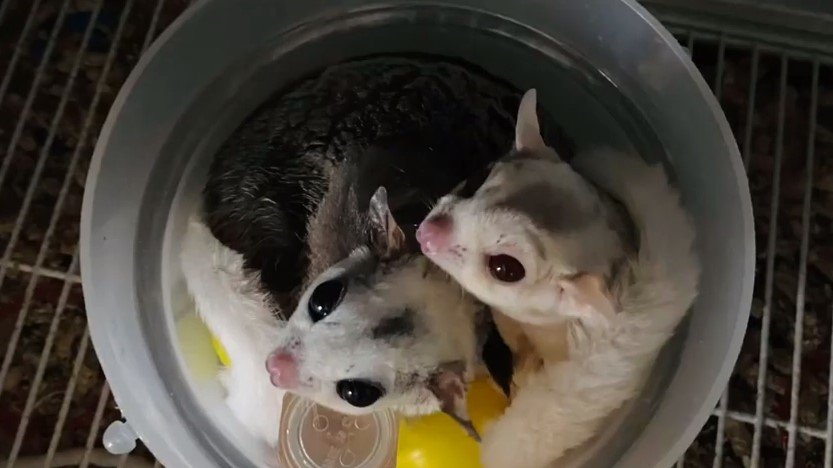
Diet and Nutrition
A well-balanced diet is essential for the overall health and longevity of a sugar glider. In the wild, sugar gliders feed on a variety of foods, including nectar, pollen, tree sap, insects, and even small vertebrates. As pets, it’s crucial to replicate their natural diet as closely as possible. A sugar glider’s diet should consist of a mix of fresh fruits and vegetables, protein sources such as mealworms or crickets, and a specialized sugar glider pellet diet. It’s important to provide a diverse range of foods to ensure that the glider receives all the necessary nutrients.
Environment and Habitat
The environment in which a sugar glider lives can have a significant impact on its lifespan. Sugar gliders should be kept in a spacious enclosure that mimics their natural habitat. It should include plenty of climbing opportunities, such as branches or hanging pouches, as well as toys for mental stimulation. It’s important to provide a safe and clean environment to prevent the glider from developing respiratory infections or other health issues. Additionally, maintaining a stable temperature and humidity level is crucial for their well-being.
Veterinary Care
Regular veterinary care is essential for maintaining the health and longevity of a sugar glider. Just like any other pet, sugar gliders can develop various health conditions over time. Routine check-ups, vaccinations, and preventive care can help detect and treat any potential health issues before they become severe. It’s crucial to find a veterinarian with experience in exotic pets to ensure that your sugar glider receives the best possible care.
Exercise and Mental Stimulation
Sugar gliders are active and intelligent animals that require plenty of exercise and mental stimulation. Without enough physical activity and mental stimulation, sugar gliders can become bored, which can lead to a decline in their overall health and well-being. It’s important to provide them with opportunities for climbing, gliding, and exploring. Spending quality time with your sugar glider, providing toys and puzzles, and rotating their environment can help keep them mentally and physically stimulated.
Frequently Asked Questions
Question 1: What is the average size of a sugar glider?
Answer: Sugar gliders are small marsupials, measuring around 6 to 7 inches in length, with a tail that adds another 6 to 7 inches.
Question 2: Can sugar gliders live alone?
Answer: Sugar gliders are social animals and thrive when kept in pairs or small groups. It’s not recommended to keep a single sugar glider as they can become lonely and develop behavioral issues.
Question 3: What should I feed my sugar glider?
Answer: A sugar glider’s diet should consist of a mix of fresh fruits and vegetables, protein sources such as mealworms or crickets, and a specialized sugar glider pellet diet. It’s important to avoid feeding them foods that are toxic to them, such as chocolate, avocados, or onions.
Question 4: Do sugar gliders require any special care?
Answer: Sugar gliders have specific care requirements, including a balanced diet, a spacious enclosure with climbing opportunities, regular veterinary check-ups, and plenty of mental stimulation. It’s crucial to educate yourself about their needs before getting a sugar glider as a pet.
Final Thoughts
In conclusion, the lifespan of a sugar glider can vary, but with proper care and attention, they can live for up to 10-12 years in captivity. Factors such as genetics, diet, environment, veterinary care, and exercise all play a vital role in determining the longevity of a sugar glider. It’s essential to provide them with a well-balanced diet, a suitable living environment, regular veterinary care, and plenty of mental stimulation. By meeting their specific needs, you can ensure that your sugar glider lives a healthy and happy life by your side. Remember, getting a sugar glider as a pet is a long-term commitment, and it’s important to be prepared for their care needs throughout their lifespan.

